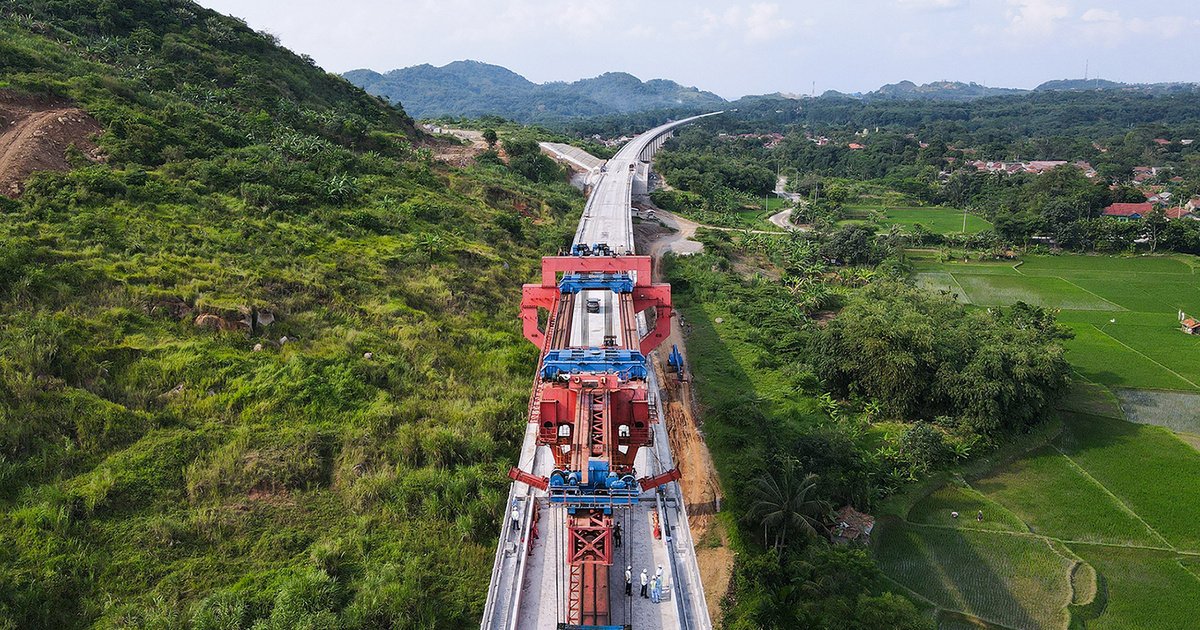China has been a major player in Africa’s renewable energy transition, with South Africa emerging as a key recipient of Chinese investments in solar power projects. In 2024, China’s contributions to South Africa’s solar energy infrastructure are helping the country reduce its reliance on coal and move toward a cleaner energy future.
Major Solar Power Projects in South Africa
China has invested heavily in several large-scale solar power projects in South Africa. The most notable is the De Aar Solar Power Plant, one of the largest solar farms in the country, developed with the backing of Chinese investment. The plant generates enough electricity to power tens of thousands of homes, contributing significantly to South Africa’s renewable energy capacity.
Another key project is the Xina Solar One plant, which uses concentrated solar power (CSP) technology to store energy and generate electricity even after the sun sets. This technology, developed in partnership with Chinese companies, is crucial for overcoming the intermittency challenges associated with solar power, making it a more reliable source of energy.
China’s Role in South Africa’s Renewable Energy Strategy
China’s investment in solar power is aligned with South Africa’s Integrated Resource Plan (IRP), which aims to diversify the country’s energy mix and reduce dependence on coal. South Africa has one of the most carbon-intensive economies in the world, and shifting to renewable energy is essential for meeting its climate goals.
China has not only provided financing for solar power projects but has also supplied solar panels, technology, and expertise. By partnering with Chinese companies, South Africa has been able to rapidly scale its solar power infrastructure, bringing renewable energy to underserved areas and reducing the strain on the national grid.
Job Creation and Economic Impact
The construction and operation of solar power plants have created thousands of jobs in South Africa, particularly in rural areas where unemployment is high. Chinese investments in solar projects have provided opportunities for local workers, from construction and engineering roles to ongoing maintenance and management of the plants.
In addition to job creation, the solar projects have spurred economic development by reducing energy costs for businesses and households. The availability of affordable and sustainable energy is essential for promoting industrial growth and improving the overall quality of life in South Africa’s communities.
Challenges and the Path Forward
Despite the successes of China’s solar power investments in South Africa, there are challenges. The country’s energy sector has been plagued by governance issues and financial instability, which have affected the implementation of renewable energy projects. Additionally, concerns about the environmental impact of large-scale solar farms, particularly in terms of land use, have prompted discussions about balancing renewable energy expansion with environmental conservation.
Nevertheless, China’s involvement in South Africa’s renewable energy sector represents a significant step toward reducing the country’s reliance on fossil fuels. As both countries work together to address these challenges, China’s expertise and financial backing will continue to play a pivotal role in shaping Africa’s renewable energy future.
Conclusion
China’s investments in South Africa’s solar power sector are transforming the country’s energy landscape and contributing to its renewable energy goals. Through large-scale solar projects and technological partnerships, China is helping South Africa move toward a cleaner, more sustainable energy future. As the demand for renewable energy grows across Africa, China’s role in the continent’s green energy transition will only become more prominent.


